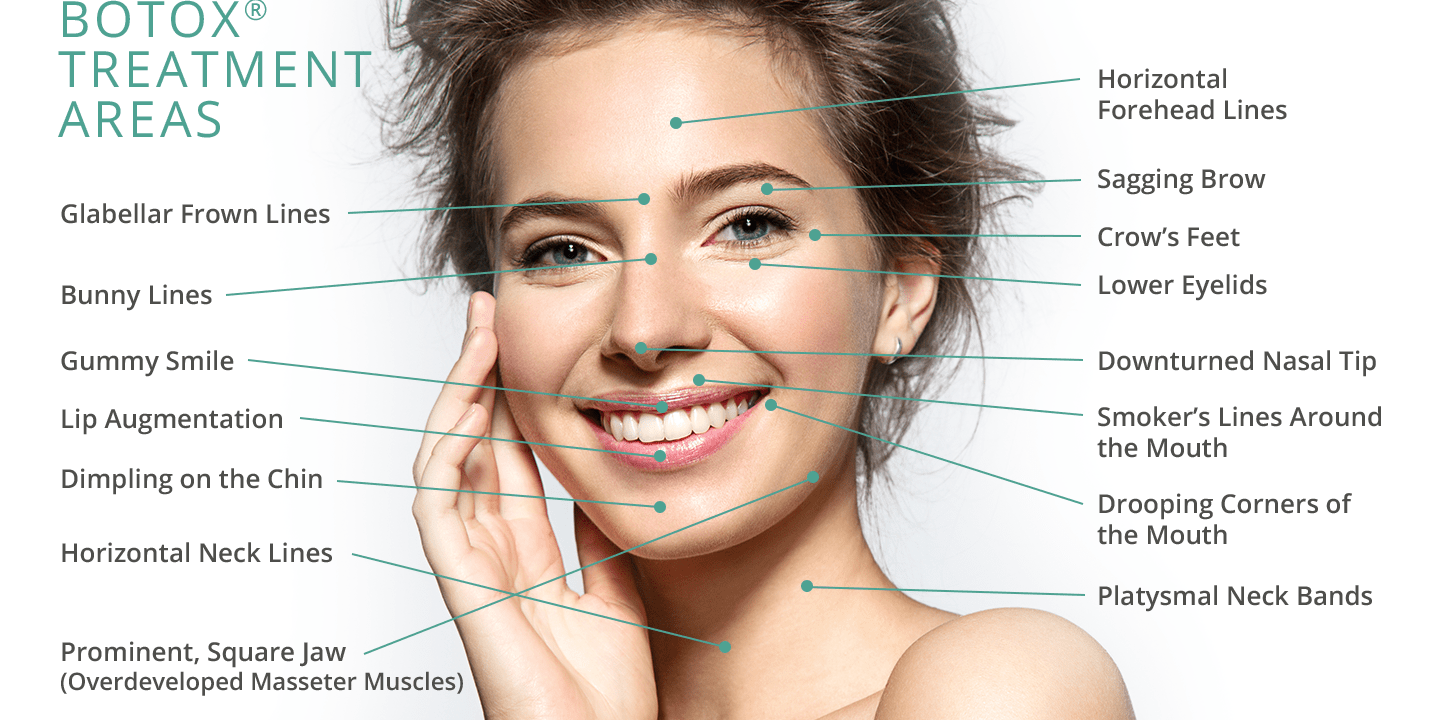Botox, a popular cosmetic treatment, has gained widespread acclaim for its ability to reduce the appearance of fine lines and wrinkles, offering a more youthful and refreshed look. Beyond its cosmetic applications, Botox also has several medical uses. Here’s an in-depth look at what Botox treatment entails, its benefits, the procedure, and considerations to keep in mind.
What is Botox?
Botox, short for Botulinum toxin, is a neurotoxin produced by the bacterium Clostridium botulinum. When used in small, controlled doses, Botox can temporarily paralyze muscles, making it a powerful tool in both cosmetic and medical fields. Botox is commonly administered via injection to target specific areas.
Cosmetic Applications
-
Wrinkle Reduction: Botox is most famous for its ability to smooth out dynamic wrinkles—those caused by muscle movements—such as crow’s feet, forehead lines, and frown lines between the eyebrows.
-
Facial Contouring: Botox can be used to slim the jawline by reducing the masseter muscles, giving the face a more V-shaped appearance.
-
Lifting the Brow: Known as a “Botox brow lift,” this procedure elevates drooping eyebrows, opening up the eye area for a more youthful look.
Medical Applications
-
Migraine Relief: Botox has been approved by the FDA to help prevent chronic migraines in adults.
-
Excessive Sweating: Botox can treat hyperhidrosis, a condition characterized by excessive sweating, by blocking the nerves responsible for activating sweat glands.
-
Muscle Spasms and Disorders: Botox is used to treat conditions like cervical dystonia (neck spasms), blepharospasm (eyelid spasms), and spasticity resulting from conditions such as cerebral palsy.
-
Overactive Bladder: Botox can help reduce urinary incontinence by relaxing the bladder muscles.
The Botox Procedure
-
Consultation: The process begins with a consultation with a qualified healthcare provider to discuss your goals, medical history, and any potential risks.
-
Preparation: On the day of the procedure, the treatment area is cleaned. Anesthesia is usually not required, though a topical numbing cream can be applied for comfort.
-
Injection: Using a fine needle, the healthcare provider injects Botox into the targeted muscles. The number of injections varies depending on the treatment area and desired outcome. The procedure typically takes 10-30 minutes.
-
Post-Procedure Care: After the injections, patients are advised to avoid lying down or applying pressure to the treated areas for several hours. Normal activities can generally be resumed immediately, but strenuous exercise should be avoided for 24 hours.

Results and Recovery
- Onset: Results typically begin to appear within 3-5 days, with full effects visible in about 1-2 weeks.
- Duration: The effects of Botox usually last 3-6 months. Regular maintenance treatments are necessary to sustain the results.
- Side Effects: Common side effects include minor swelling, redness, and bruising at the injection sites. These usually resolve within a few days. Rare side effects may include headaches, flu-like symptoms, and temporary eyelid drooping.
Considerations and Risks
-
Qualified Practitioner: Ensure that Botox injections are performed by a licensed and experienced healthcare provider. Improper administration can lead to complications.
-
Medical History: Inform your provider of any medical conditions, allergies, or medications you are taking to avoid adverse reactions.
-
Pregnancy and Breastfeeding: Botox is not recommended for pregnant or breastfeeding women due to insufficient research on its safety in these populations.
-
Realistic Expectations: While Botox can provide significant improvements, it is important to have realistic expectations and understand that results are temporary and vary among individuals.











